$79.97 Original price was: $79.97.$55.98Current price is: $55.98.
SKU: D2LSC 322152303 Categories: Deer Resistant Trees, TREES
- Quality that lasts, prices that don't.
- Experience the difference quality makes.
- Satisfaction Guaranteed
- 100% High Quality Guarantee

Chinkapin Oak Tree
Quercus muehlenbergii
Other Names: Chinquapin Oak
Plant Details
USDA Plant Hardiness Zones: 3a-7b Find Your Zone
Shrub Type: Deciduous Tree
Height at Maturity: 40-60′
Width at Maturity: 50-70′
Spacing: 30-35′ for groupings; 75+ feet for space between trees
Growth Habit / Form: Upright Rounded
Growth Rate: Moderate to Fast, 1-2′ per year
Flower Color: Yellow Green
Flower Size: Insignificant
Flowering Period: Spring
Flower Type: Catkin
Fragrant Flowers: na
Foliage Color: Light to Medium Green turning Yellow-Bronze in fall
Fragrant Foliage: No
Fruit/Nuts: Yes, acorn nuts are edible after tannins are boiled or leached out
Sun Needs: Full to Mostly Sun; 6 or more hours direct sunlight per day is suggested
Water Needs: Average; Low when established, very drought tolerant
Soil Type: Clay, Loam, Sandy, Silty
Soil Moisture / Drainage: Moist But Well-Drained to Dry when established
Soil pH: 6.5-8.0 (Neutral to Alkaline)
Maintenance / Care: Low
Attracts: Birds, Butterflies, Mammals, Moths
Resistances: Cold Temperatures (-40F), Deer, Disease, Drought (when established), Dry Soil (when established), Humidity
Description
A very attractive North American native, the Chinkapin Oak is a magnificent, large-growing and long-lived member of the white oak family. It is a fast grower for an oak developing a broad, open rounded crown that can reach 40 to 60 feet tall and 50 to 70 feet wide at maturity. In the wild it is most often found growing in dry sites but trees growing in moist loams grow faster. It has lush foliage consisting of large and attractive shiny green leaves measuring from 4 to 8 inches long having coarse marginal teeth or mini lobes. The leaves resemble those of a chestnut tree, whose nut is sometimes called a chinquapin, hence the common name of this oak having sweet and edible acorns. Just make sure to process the nuts before consuming by boiling or leaching out the tannins. Insignificant flowers occur in spring in the form of catkins which are followed by rounded, brown acorns wearing straw-colored caps. The branch structure and light gray, rough and irregularly fissured bark make for a nice silhouette during the winter months. As is with most oak trees, the Chinkapin Oak has many benefits to wildlife, supporting butterflies and moths, birds and mammals. Highly adaptable to many soil types and moist to dry conditions, the Chinkapin Oak is ideal for use as a large shade tree in the sunny landscape or in groupings or groves in fields or for forestation and reclamation projects.
Wildlife Benefits
The wildlife benefits of the Chinkapin Oak are numerous. It is an excellent source of food for many wildlife species including deer, black bears, turkeys, woodpeckers. squirrels, rabbits, raccoons and many other species of smaller mammals and birds. It also supports a wide variety of Lepidopteran. You may see moths and butterflies such as Imperial Moth, Banded Hairstreak, Edward’s Hairstreak, Gray Hairstreak, White-M Hairstreak, Horace’s Duskywing and Juvenal’s Duskywing.
Note: Unprocessed, raw acorns can be potentially toxic due to the high tannin content. However, acorns are worth the processing steps, as they are a low-calorie tasty food.
Landscape & Garden Uses
Growing 40 to 60 feet tall and 50 to 70 feet wide depending on location, the Chinkapin Oak is ideal for use as a shade tree around the home and outdoor living spaces, or in groupings or groves in meadows and fields or for forestation and reclamation projects. It will thrive on dry slopes or in bottomlands. A fine addition to native and wildlife gardens where the acorns are eaten by squirrels, chipmunks, deer, wild turkeys, blue jays, red-headed woodpeckers and many other wildlife species.
Suggested Spacing: 30 to 35 feet apart for groupings; 75 or more feet apart for space between trees
Growing Preferences
The Chinkapin Oak Tree is very easy to grow in most any moist but well-drained soil of average to poor fertility and full sun. Established trees are drought tolerant but will also handle occasionally wet soils. We suggest at least 6 or more hours of direct sunlight per day. A very low maintenance tree that requires no pruning unless you want to remove some lower branches to expose more trunk. Young trees will benefit from fertilizer however older trees can usually get what the need from the soil and rain water.
Note: Find helpful advice from our experts under the Planting & Care tab above on desktop screens and below on mobile phones.
Plant Long & Prosper!
Meet The Wilson Brothers & Staff
Questions? Contact Us
Be the first to review “Chinkapin Oak Tree (Quercus Muehlenbergii) – 3 Gallon Pot” Cancel reply
Related products
Sale!
Sale!
Sale!
Sale!
Sale!
Sale!
Sale!
Sale!

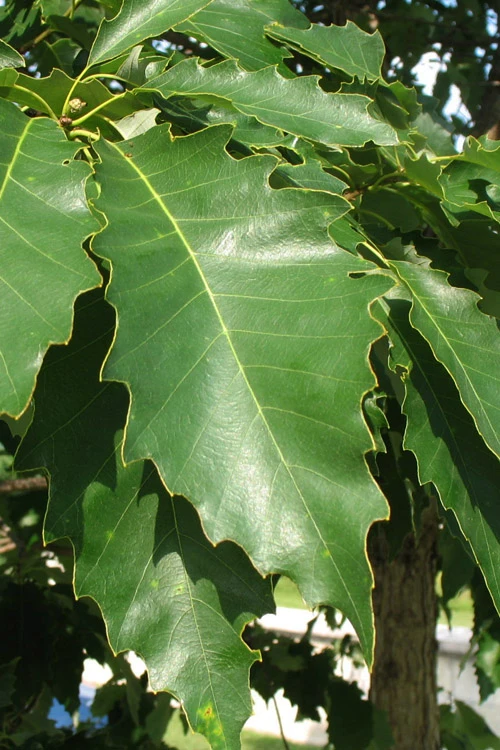

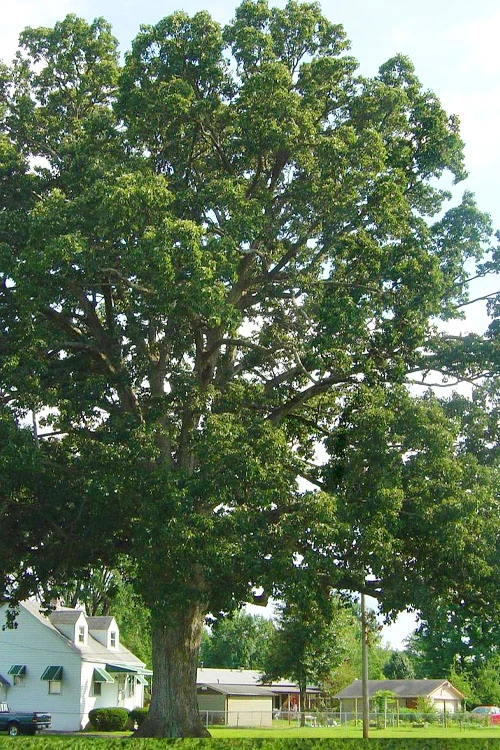
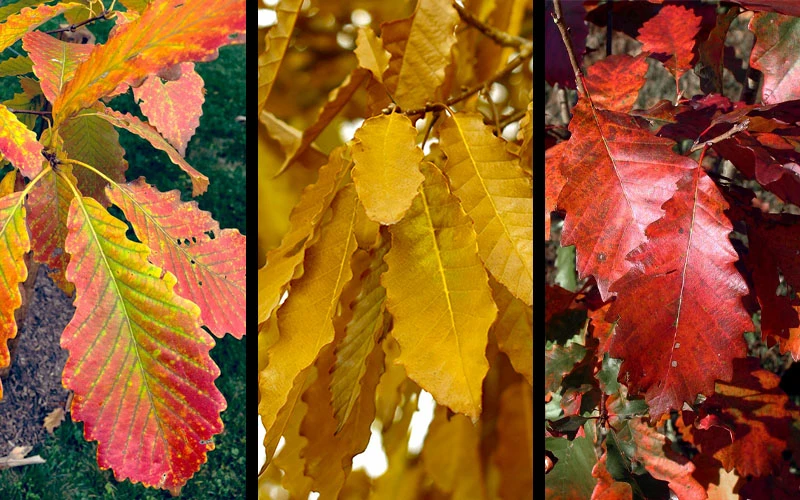



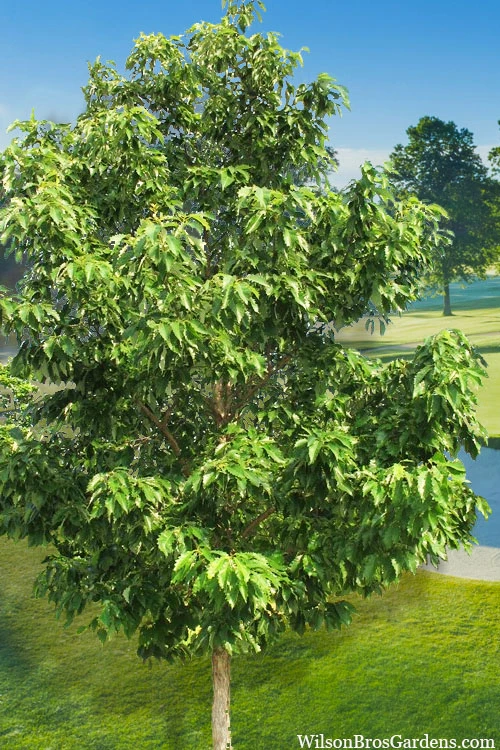
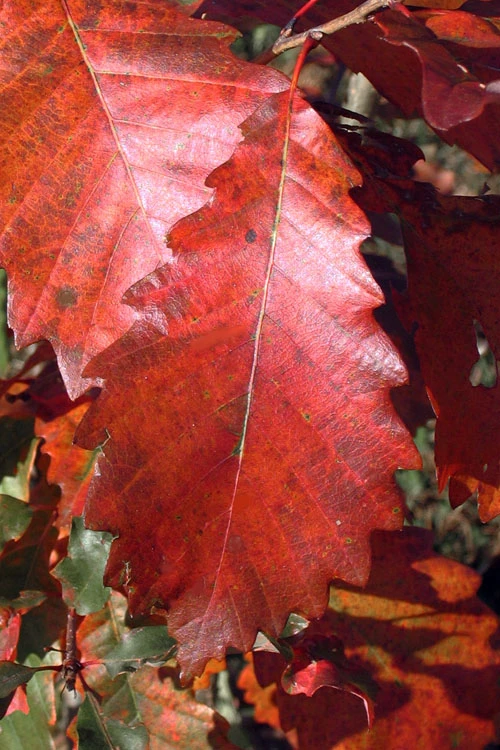



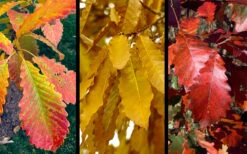

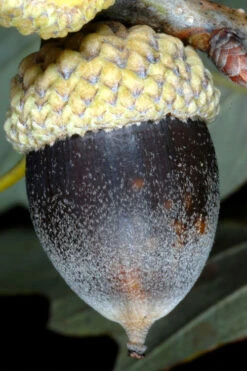


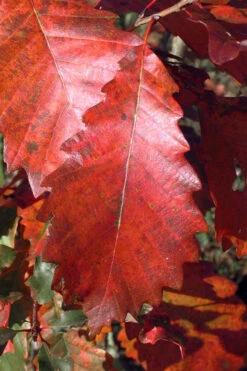
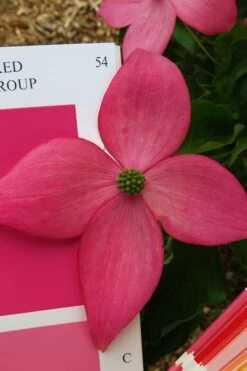

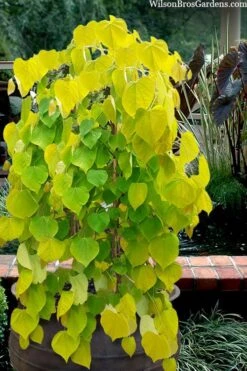









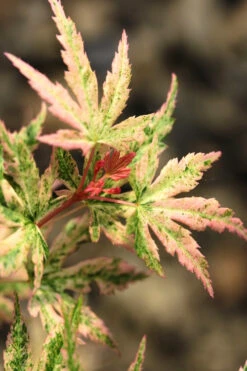

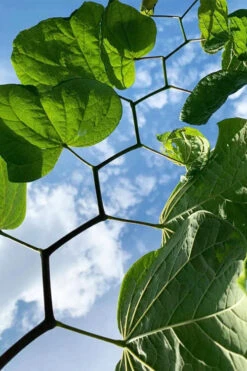

Reviews
There are no reviews yet.